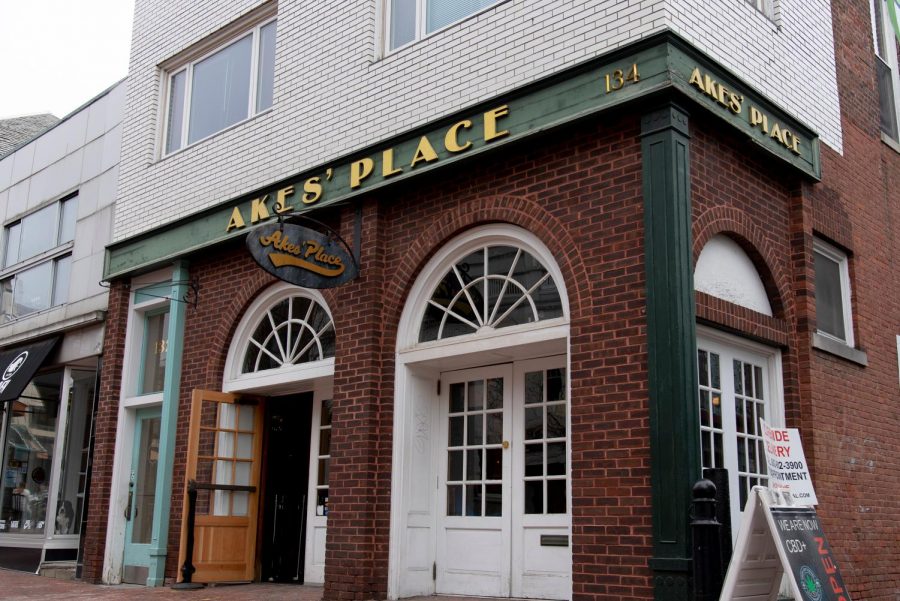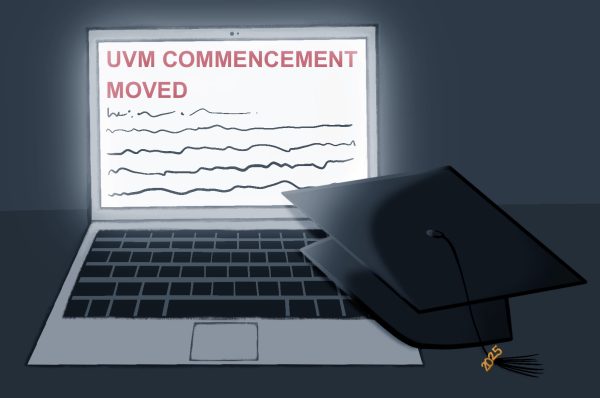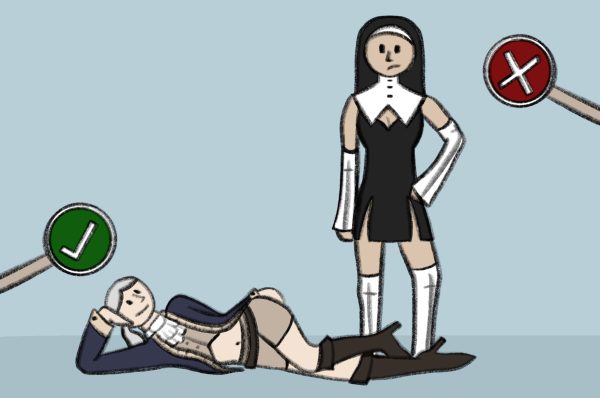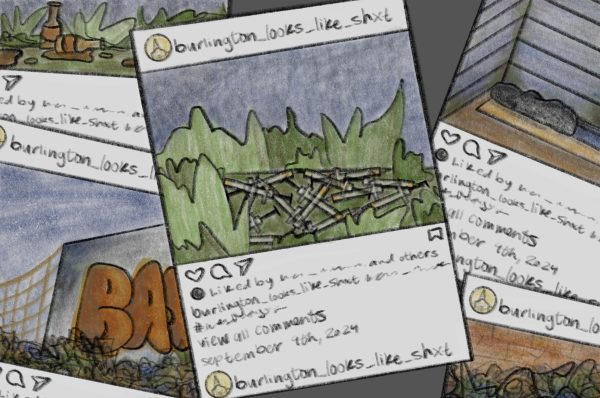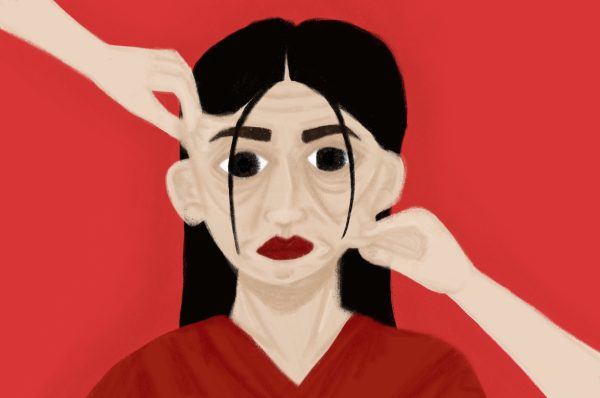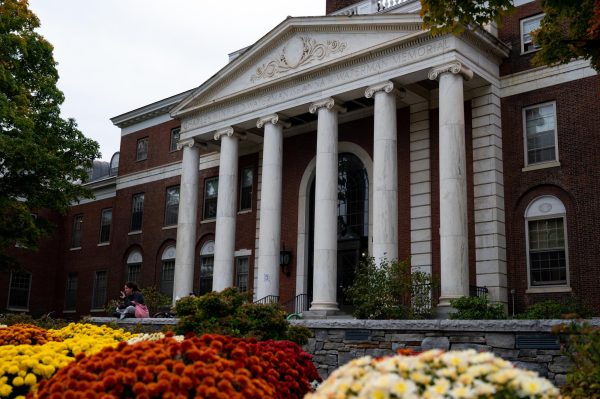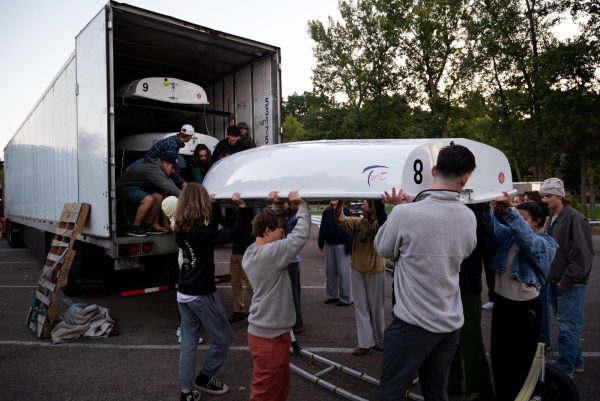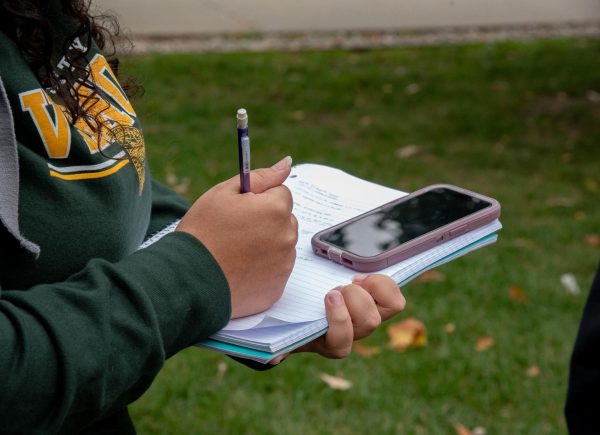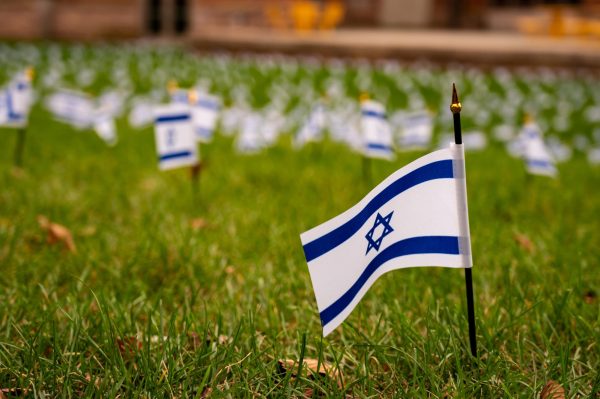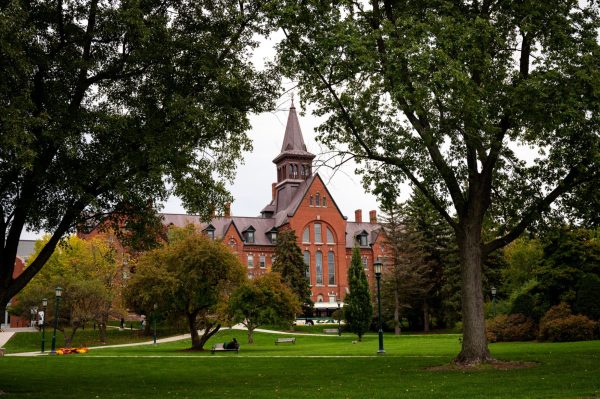Gov. Scott reopens bars despite concern from Burlington and UVM officials
Akes’ Place sits on Church street March 25.
Last week, Vermont officials reopened bars state-wide despite growing concerns from the Burlington and UVM community following a week of record high off-campus COVID-19 cases.
As of Wednesday March 24 Burlington residents can officially go to the bars since their closure back in mid-November. It is expected for bar-goers to adhere to the state’s restrictions following an announcement made by Governor Phil Scott March 19.
However, UVM officials said that students should still refrain from gatherings.
“We are discouraging students from participating in social gatherings, including going to bars whenever they re-open,” stated UVM spokesperson Enrique Corredera.
The UVM administration has not formally communicated this message to students. Not until prompted by a Cynic reporter did school officials make a statement about their position on bars reopening.
Although UVM stated that they work closely with the Vermont Department of Health, the administration says that reopening the bars “is not a university decision,” stated Corredera.
The reopening Wednesday came two days after UVM announced that they reached a record high number of positive cases among students.
According to last week’s COVID-19 report, there were a total of 93 positive COVID-19 cases amongst the UVM student population. This statistic presents for more than a 50% increase compared to the previous week’s total of 41 cases.
While Scott acknowledged the rise in COVID-19 cases at UVM at the March 23 state press briefing, he did not express concern about cases rising as a result of the bars reopening.
“I do know that on campus, cases were decreasing as of last week. I have to get up to date for this week, but the fact of the matter is, the students were doing a great job of trying to make sure that their lives on campus could improve and they wouldn’t be in situations of quarantine or becoming a case of being isolated,” Scott said.
Scott also made it a point to note that UVM students are not behaving like other college students across the country.
“We don’t have evidence that they’re engaging in wild behavior… acting like those pictures in Florida,” the governor said.
At the state briefing, Secretary of Commerce Lindsey Kurle asserted that both the city and UVM have remained in close communication regarding a “whole range of pandemic issues.”
However, the extent of this cooperation remains unclear.
At the city briefing, a Cynic reporter asked Burlington Mayor Miro Weinberger to elaborate on what these conversations entailed.
“I personally do not attend all those. I’m not clear to what degree maybe the topic of bars came up,” Weinberger said. “That is not something that I talked about or my team talked closely to UVM about and the decision was really not given a UVM input.”
In response to further questions regarding the bars reopening, the mayor reminded the local community that the city of Burlington only has so much authority regarding state-mandated decisions.
“Just to be clear, the governor and the state is driving this. They are making the calls about all reopening decisions. This is their timeline, and I don’t know exactly what factored into why it’s starting today,” Weinberger said.
Kurle said there are a number of factors that led the state to reopen bars, including the level of vaccination among the public and the fact that protocols are stricter than when bars were open in October.
According to Scott, bars will still look different than they did before the pandemic.
“The people shouldn’t have in mind the typical kind of Burlington bar scene,” Weinberger said.
Bar-goers will be socially distanced and there will be no dancing in the mosh pit quite yet.
“[T]he idea of a bar being open is not to imagine people standing shoulder to shoulder having their cocktail socializing,” Kurle said.
With the new state guidelines in place, bars and restaurants will be held to the same expectations with limitations on both hours and capacity—occupancy is capped at 50% and table-service ends at 10:00 p.m.
“I don’t see a justification to have harsher rules on bars than restaurants on the other side of the street that are currently operating and can sell alcohol,” Weinberger said.


